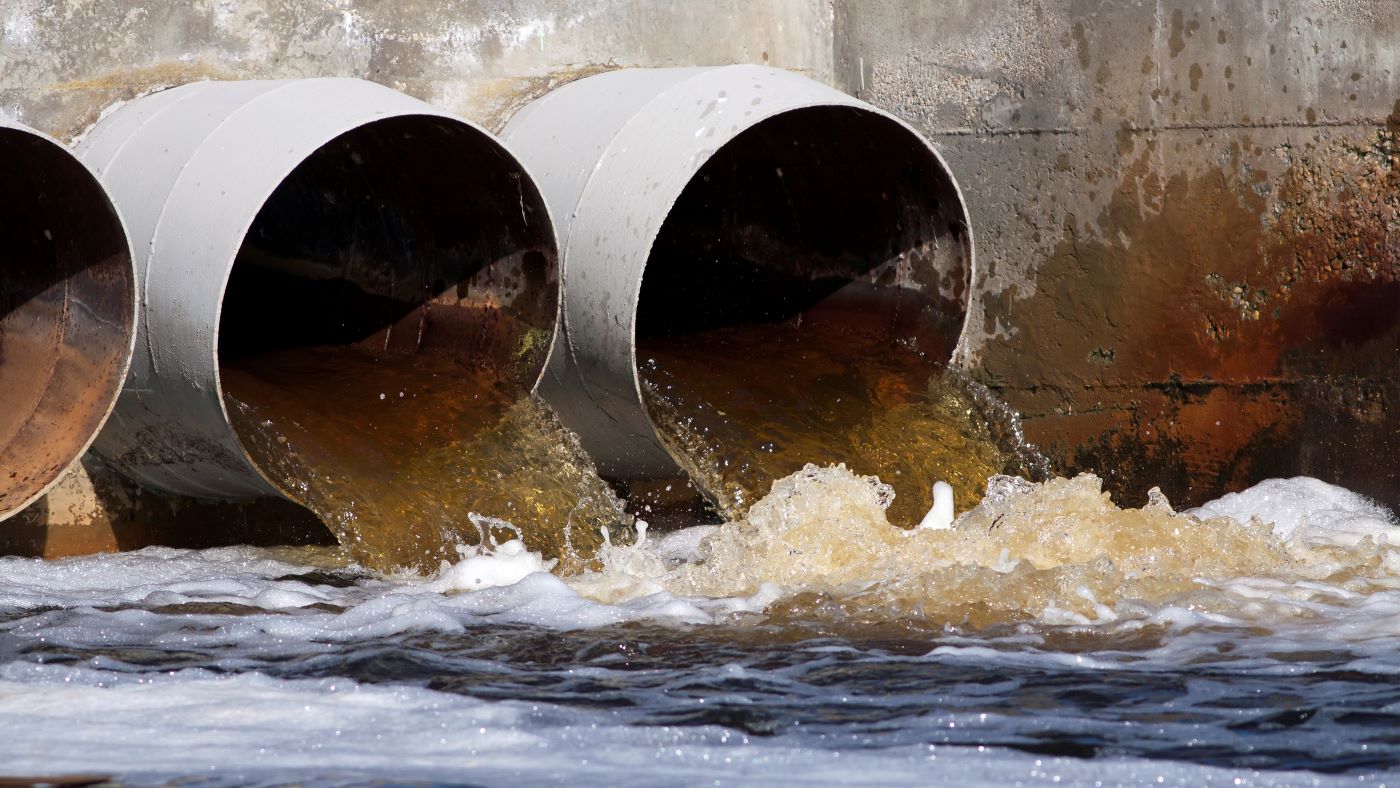Strategic Approaches to Improve Waste Water Treatment Efficiency and Decrease Environmental Influence
In the realm of drainage treatment, the quest for improved performance and lowered ecological impact is a perpetual challenge that demands tactical options. As society grapples with the necessary to take care of water resources sustainably, a nuanced approach comes to be crucial. The integration of sophisticated treatment modern technologies, energy-efficient processes, resource healing approaches, improved nutrient elimination strategies, and smart monitoring and control systems represents a multifaceted framework for dealing with these pushing worries. Nevertheless, what exists at the core of this facility web of strategies is the possible to reinvent the means we approach drainage treatment, not just as a procedure of disposal, but as an important opportunity for development and environmental stewardship.
Advanced Therapy Technologies
Advanced membrane purification systems have actually transformed advanced wastewater treatment processes, dramatically enhancing the elimination of impurities. These cutting-edge systems operate by forcing water through a semi-permeable membrane layer, effectively separating pollutants from the water stream. The membrane layer's microscopic pores catch toxins such as bacteria, infections, and suspended solids, allowing only detoxified water to pass through. This modern technology has confirmed to be extremely effective in getting rid of a wide variety of contaminants, including drugs, heavy metals, and organic compounds, which are typically testing to eliminate through typical therapy methods.
Additionally, membrane layer purification systems offer many advantages over standard treatment approaches. Furthermore, these systems are very versatile and can be conveniently integrated into existing treatment plants or made use of as standalone units for decentralized applications.
Energy-Efficient Processes
The assimilation of energy-efficient procedures in wastewater therapy systems is essential for optimizing resource usage and lowering functional costs. One essential method to boosting power performance in wastewater treatment is the application of sophisticated oygenation systems, such as fine bubble diffusers or surface area aerators, which can enhance oxygen transfer effectiveness and minimize power intake.
Moreover, enhancing procedure control and automation through using sophisticated sensing units and keeping track of systems can enhance overall power performance by readjusting operations in real-time based upon real need and conditions. Implementing energy audits and consistently keeping track of power performance signs are essential methods to determine locations for enhancement and track energy-saving initiatives effectively. Generally, the adoption of energy-efficient procedures in wastewater therapy not only benefits the atmosphere but additionally adds to long-lasting cost financial savings and functional sustainability.
Source Recovery Methods
With a concentrate on optimizing source utilization and sustainability in wastewater treatment systems, the application of source recuperation strategies becomes an essential facet in improving functional effectiveness. Resource recuperation methods in wastewater therapy involve the identification and removal of useful sources from the waste stream, consequently transforming what was once considered waste into an important possession. By carrying out resource recuperation techniques such as nutrient elimination and healing, power generation from organic issue, and the production of multiple-use water, wastewater treatment plants can minimize environmental effect while making the most of efficiency.

Boosted Nutrient Elimination Strategies
Applying sophisticated nutrient elimination techniques is essential for maximizing the performance of wastewater therapy systems. Improved nutrient elimination plays a crucial function in decreasing the ecological influence of cured effluent released into water bodies. One of the key strategies made use of for improved nutrient removal is the procedure of biological nutrient elimination (BNR), which includes the removal of nitrogen and phosphorus via biological procedures. This can be accomplished through using specialized bacteria that can convert nitrogen substances right into inert nitrogen gas through denitrification, and collect phosphorus within their cells through a procedure called improved biological phosphorus elimination (EBPR)

In enhancement to BNR, advanced treatment approaches such as membrane layer bioreactors (MBRs) and constructed wetlands can likewise be employed to improve nutrient removal performance. By incorporating these advanced nutrient elimination strategies into wastewater treatment systems, industries and towns can properly reduce nutrient pollution and shield the setting.
Smart Tracking and Control Solution
Utilizing cutting-edge technology, the integration of clever surveillance and control systems reinvents the operational efficiency of wastewater therapy centers. These systems integrate sophisticated sensing units and data analytics to continuously monitor key parameters such as pH levels, turbidity, dissolved oxygen, and flow rates in real-time. By gathering and evaluating this data, operators can acquire important understandings into the performance link of the treatment procedures, allowing positive modifications to optimize treatment effectiveness.
Smart monitoring and control systems likewise sustain remote tracking abilities, allowing drivers to accessibility real-time information and control features from off-site locations. This remote access boosts operational versatility and responsiveness, enabling quick treatments in case of system breakdowns or fluctuations in influent high quality. The anticipating upkeep capabilities of these systems help avoid devices failures and minimize downtime, eventually enhancing the general dependability of wastewater therapy procedures.
Conclusion
In final thought, strategic techniques such as advanced therapy innovations, energy-efficient processes, source healing strategies, enhanced nutrient removal strategies, and clever tracking and control systems play an essential function in improving wastewater therapy performance and decreasing environmental impact. By executing these methods, wastewater treatment plants can boost their total efficiency, lower power consumption, recuperate useful sources, and make certain compliance with environmental policies. These techniques are crucial for efficient and sustainable wastewater monitoring techniques.
In final thought, tactical strategies such as innovative therapy innovations, energy-efficient procedures, source recuperation approaches, improved nutrient elimination methods, and clever surveillance and control systems play a crucial role in boosting wastewater therapy efficiency and minimizing ecological impact.